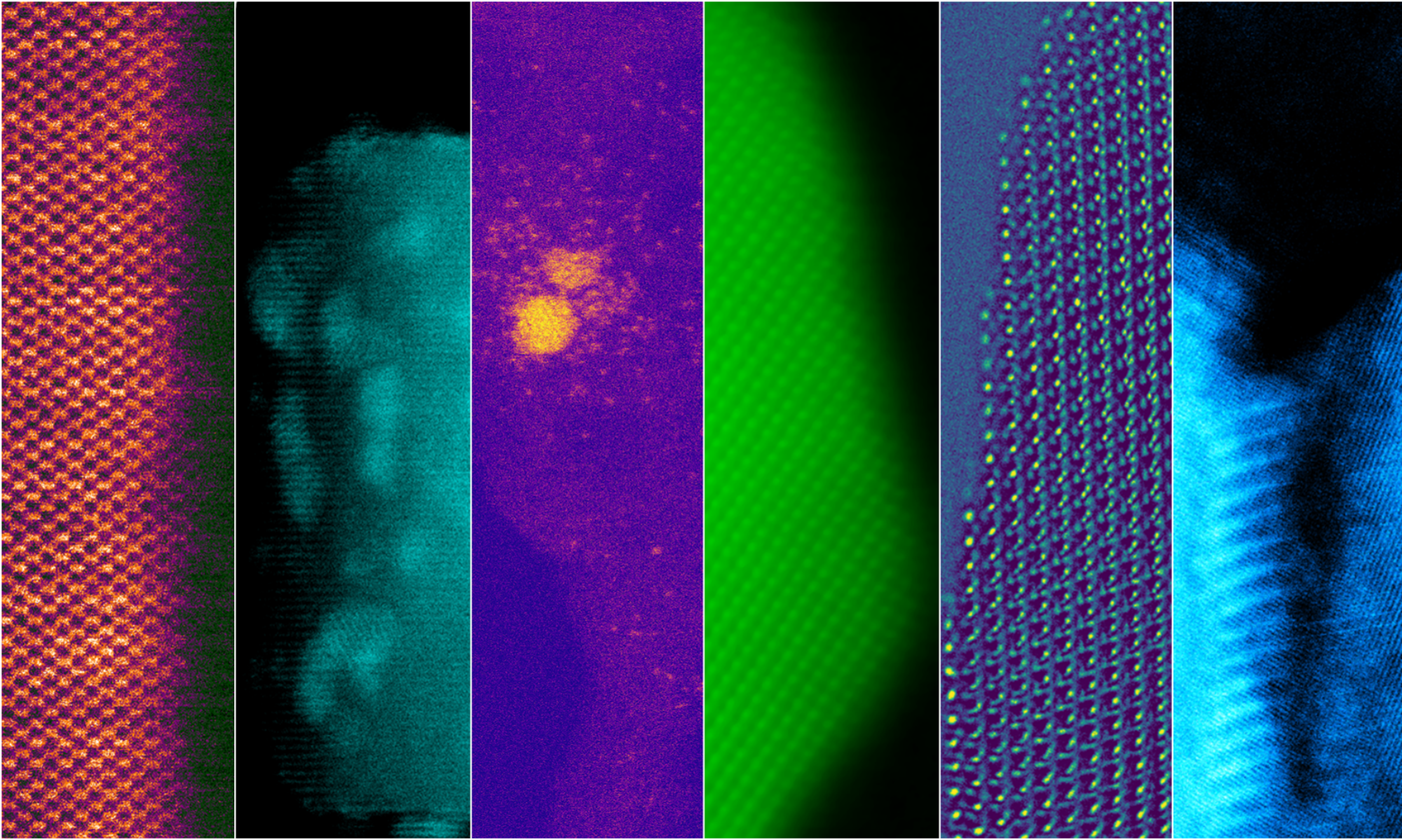To elucidate the fundamental structure-property relationships which give rise to novel material properties, our group implements multiscale computational modeling to simulate precise structural motifs which correlate to material functionalities. This information can be used to interpret experimental data, guide future experiments and further perfect theoretical models.
Computational modeling allows for precise control over many parameters to investigate how material’s structure and composition affects the macroscopic material properties which are not possible or easily controlled in experiments. We employ a variety methods to models systems and simulate material properties. Currently, our group constructs atomic scale models using software packages like JEMS, Virtual NanoLab and CrystalMaker (VESTA). To simulate experimental electron energy loss spectra (EELS) and TEM images our group uses FEFF, JEMS, density functional theory (DFT) and molecular dynamics (MD) simulation packages along with dielectric theory to correlate the structure of materials with functionalities. For in-situ experiments and a more comprehensive understanding of microscope environment, our group uses COMSOL to simulate microscope operating conditions. These programs are essential tools used to interpret the structural information obtained from the transmission electron microscope. More detailed information on methodology and software used by our group can be found at the following the links.
